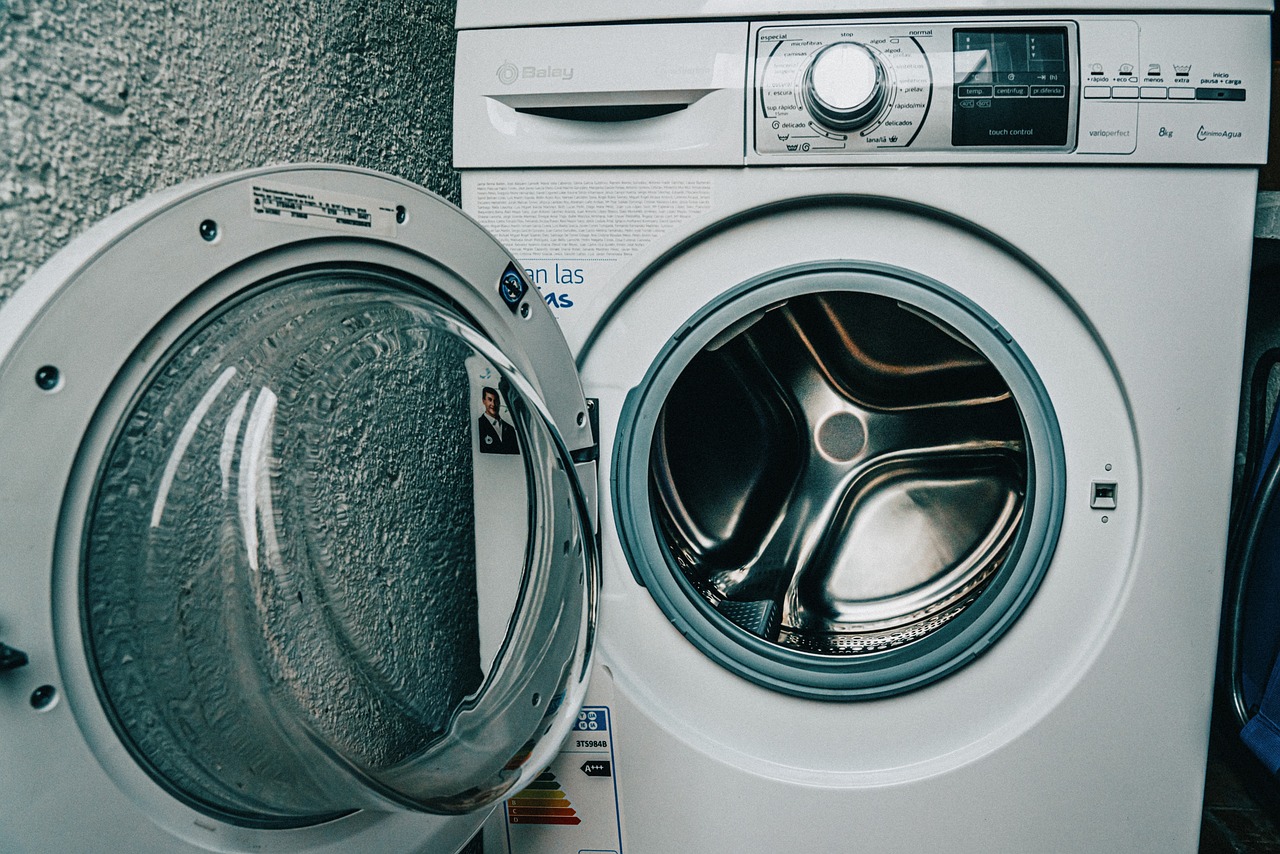Securing the Right Spare Parts for Washing Machines

Washing machines sure do make life easier. You put the laundry in, add some detergent, set the wash cycle and it does all the hard work. While washing machines are pretty robust, with moving parts and regular use, they do occasionally break down. Timely repairs and maintenance will prolong the life of your washing machine and improve its efficiency. This article focuses on washing machine repair, spare parts for washing machines and identifying which part you need and where to find quality spare parts in Sydney.
Why repair your washing machine
Whether you’re a homeowner, renter, appliance repair business or a DIY enthusiast, there are both environmental and economic benefits to opting to repair washing machines rather than replacing them.
Every time you replace a broken-down washing machine with a brand-new one, most of the components of the old machine end up in a landfill. That’s a lot of rusting metal, plastic and wires being needlessly dumped. When a washing machine malfunctions, often it just requires a replacement part to get it up and going again. Rather than replacing your washer, see if you can repair it first by identifying, sourcing and fitting the replacement part it needs. This way, you’ll be doing your bit for the environment.
Helping to save the planet isn’t the only major benefit of washing machine repair as opposed to buying a new one. Washing machines are getting more expensive all the time, so the price of repairing your machine is going to be far more cost-effective than replacing it. Whether you fit the new part yourself or hire a professional appliance repair service to do it on your behalf, you’ll save a lot of money in the process.
Different types of washing machine parts
Let’s now highlight some of the typical washing machine parts you may need to replace over the lifespan of the machine:
Drive belt
The drive belt is the component that both agitates and spins the drum of the washing machine throughout the wash cycle. As these belts suffer much wear and tear, they can eventually become loose or even break. In most instances, you’ll smell burning rubber if the drive belt suffers a problem, so diagnosing the issue is pretty straightforward. To be certain, carefully lean the washing machine back and look underneath. The drive belt attaches to the motor. Does it look worn, frayed, or snapped?
Water pump
The water pump sucks the used water out of the washing machine and pumps it down the drain. It’s quite common for a water pump to fail after a few years. Being made from rubber or plastic, they do tend to break. However, the pump has a lint filter, so check for clogging first. You can usually access the water pump filter down low on the side or rear of the machine.
Motor
If your machine’s motor stops working, it may have just overheated. Let it cool down and then try it again. If this fails to resolve the issue, the motor might have packed it in and will need replacing with a new one. There is also a coupler that connects the motor to the transmission. These are usually made of plastic or rubber and can also break. If you’re uncertain, call in an appliance repair technician to accurately diagnose the problem.
Lid switch assembly
A standard safety feature found on modern washing machines is the lid switch assembly. The switch lets the washing machine know when it’s closed and can operate. Lift the lid during a wash cycle and the machine stops. Generally made of plastic, they wear out after a while and cease working. So, before assuming that the motor has died, check the lid switch first.
Water inlet valve
This differs from the water pump. The water inlet valve allows fresh water to fill the washing machine. If it stops working, first check the mesh filter for clogging. A broken valve will soon become apparent.
Gaskets
Gaskets are rubber seals that keep the water inside the machine. Gaskets wear out over time and when they do, your washing machine will spring a water leak.
Tips for ensuring parts compatibility
For failed washing machine parts, it’s important to correctly identify the correct part by model number and part code. Otherwise, you risk purchasing a part that’s not compatible with your specific washer.
On your washing machine, you will find an identification plate. On this plate will be details like the brand, its model number, serial number and other information. Once you know which part you need and know your machine’s make and model number, you can start the hunt for a compatible replacement part right on our site. With over 7500 parts, we most likely have what you need.
If you’re unsure about identifying the correct replacement part, give us a ring and we’ll help you identify exactly what you need. Visiting the website of your machine’s manufacturer can also be useful, as often they will have diagrams of the internal workings of your machine and the corresponding manufacturer part numbers (MPNs). We also have thousands of appliance manuals on our site, available for download to trade repairers.
We recommend opting for OEM (original equipment manufacturer) replacement parts, as they are usually superior in quality to aftermarket spare parts, come with a warranty and are guaranteed to fit perfectly.
Looking for spare parts for washing machines?
We stock a diverse range of quality OEM washing machine spare parts at WWSpares. No matter what brand your washing machine is or what part you require, you’re sure to find it in our catalogue. So, if you’re looking for spare parts for washing machines, browse our website or contact us today - 02 9755 1155.
